Surge in E-commerce and Logistics
The Robot Pedestal Market is benefiting from the surge in e-commerce and logistics operations. With the rise of online shopping, companies are increasingly turning to robotic solutions to streamline their warehousing and distribution processes. Robots equipped with pedestals are being utilized for tasks such as sorting, packing, and transporting goods. Market analysis suggests that the logistics sector is set to expand significantly, with automation playing a key role in meeting consumer demands for faster delivery times. This trend is likely to drive the Robot Pedestal Market as businesses seek to invest in efficient robotic systems that can enhance their operational capabilities.
Advancements in Robotics Technology
The Robot Pedestal Market is experiencing a surge due to rapid advancements in robotics technology. Innovations in artificial intelligence and machine learning are enhancing the capabilities of robotic systems, allowing for more sophisticated and efficient operations. As robots become increasingly autonomous, the demand for robust pedestals that can support these advanced systems is likely to rise. According to recent data, the robotics sector is projected to grow at a compound annual growth rate of over 20% in the coming years. This growth is expected to drive the Robot Pedestal Market as manufacturers seek to create products that can accommodate the evolving needs of robotic applications.
Growing Focus on Safety and Ergonomics
The Robot Pedestal Market is also shaped by an increasing emphasis on safety and ergonomics in workplace environments. As organizations implement robotic systems, there is a heightened awareness of the need for safe and ergonomic designs that minimize risks to human workers. Pedestals that offer stability and adjustability are becoming essential in ensuring that robots operate safely alongside human personnel. This focus on safety is reflected in regulatory standards that are evolving to address the integration of robotics in various sectors. As a result, the demand for ergonomically designed robot pedestals is likely to grow, further propelling the Robot Pedestal Market.
Increased Adoption in Industrial Automation
The Robot Pedestal Market is significantly influenced by the growing adoption of automation in various industries. As companies strive to enhance productivity and reduce operational costs, the integration of robotic systems into manufacturing processes has become more prevalent. This trend is particularly evident in sectors such as automotive and electronics, where precision and efficiency are paramount. Market data indicates that the industrial automation sector is anticipated to reach a valuation of several billion dollars by the end of the decade. Consequently, the demand for reliable and durable robot pedestals is expected to increase, as they play a crucial role in supporting automated systems.
Expansion of Research and Development Initiatives
The Robot Pedestal Market is poised for growth due to the expansion of research and development initiatives in robotics. Academic institutions and private enterprises are increasingly investing in R&D to explore new applications and improve existing technologies. This investment is fostering innovation in robot design and functionality, which in turn drives the need for specialized pedestals that can support these advancements. Data indicates that R&D spending in the robotics field is on the rise, with projections suggesting a substantial increase in funding over the next few years. This trend is likely to create new opportunities within the Robot Pedestal Market as innovative solutions emerge.


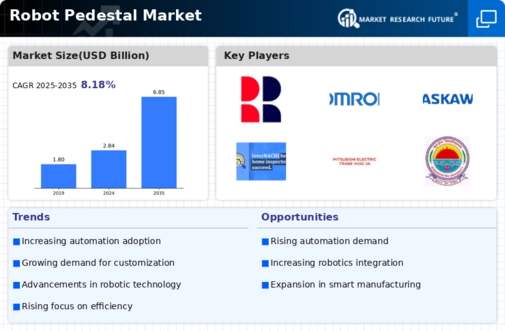
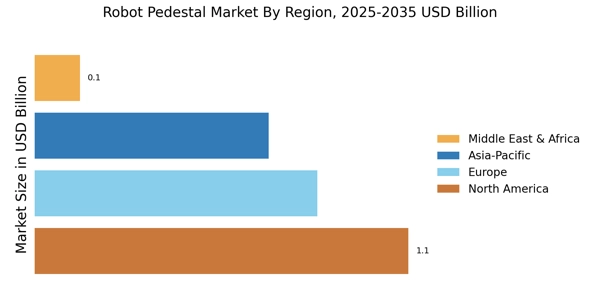

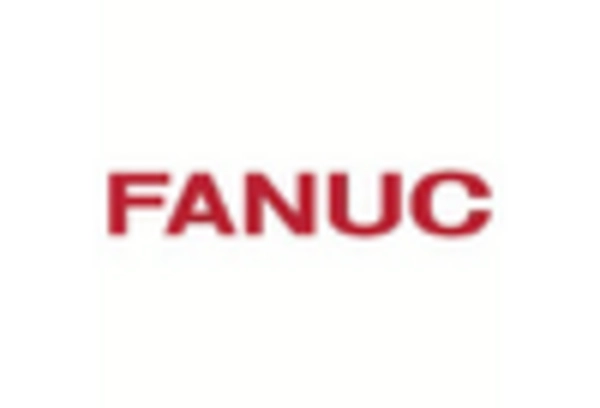

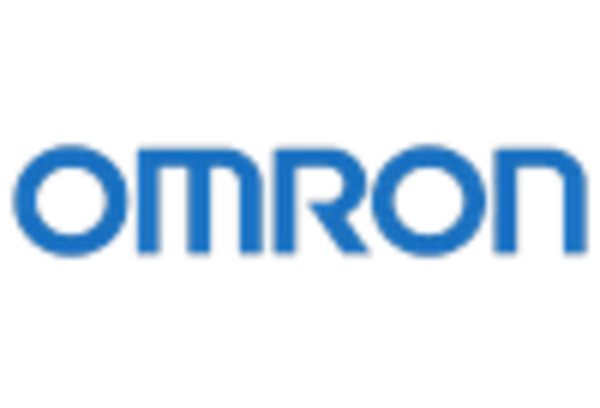

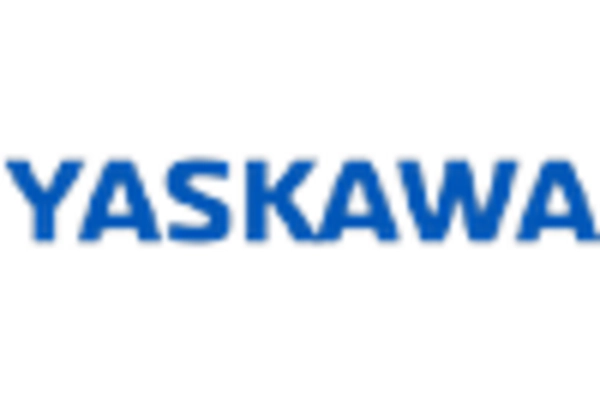








Leave a Comment